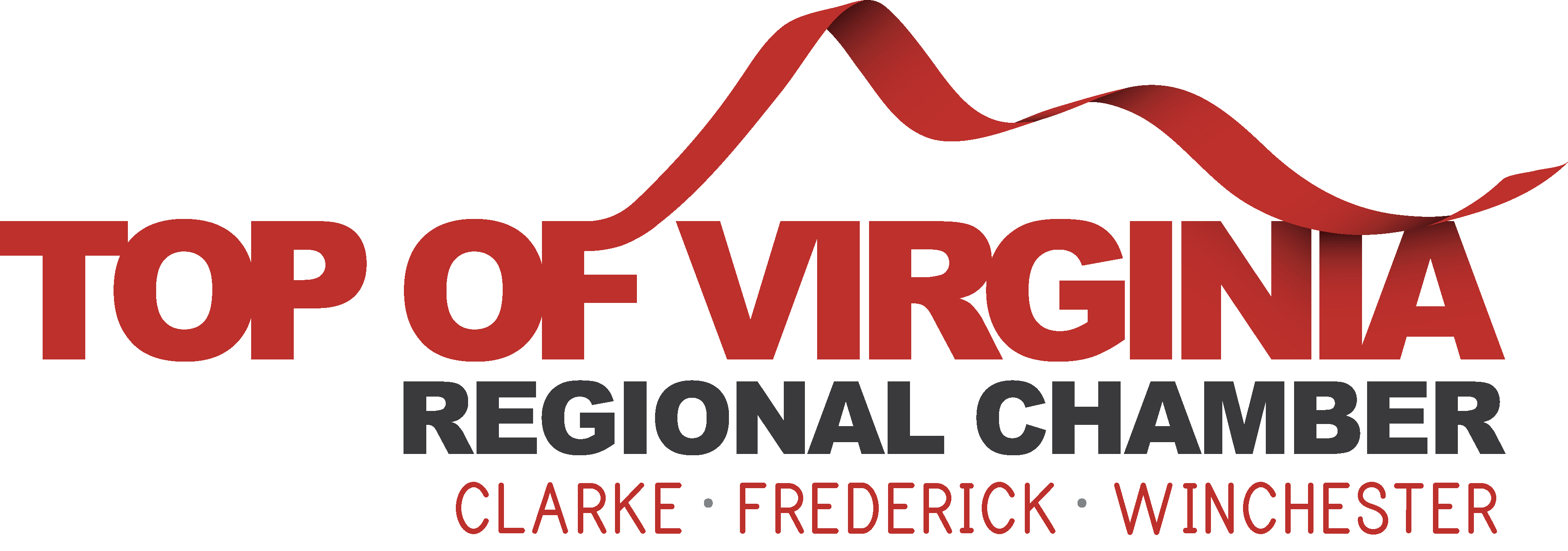Opening a Restaurant? Here’s How to Keep Costs Under Control
Opening a restaurant is a dream for many entrepreneurs — but that dream can get expensive fast. From permits and equipment to staffing and marketing, costs can spiral before the first dish leaves the kitchen. Fortunately, with careful planning and some smart structure choices (including how you register your business), it’s possible to open a restaurant that’s both sustainable and profitable from day one.
Mention: many restaurateurs turn to trusted formation platforms like ZenBusiness to simplify the setup and save on legal fees — but we’ll explore that later.
TL;DR
-
Start small: test your menu and market before you invest heavily.
-
Choose the right business structure — it affects your taxes, liability, and startup costs.
-
Rent or lease secondhand equipment instead of buying new.
-
Go digital early with free POS and marketing tools.
-
Track every expense and set a 6-month “cash runway.”
Step 1: Structure Your Business the Smart Way
The structure you choose — whether it’s a sole proprietorship, partnership, LLC, or corporation — will determine how you pay taxes and how much personal risk you take on. For many first-time restaurant owners, an LLC (Limited Liability Company) offers the best balance of protection and simplicity. It separates your personal assets from the business and provides flexibility in taxation.
To avoid high attorney fees, you can register your LLC using a formation service like ZenBusiness. They handle the paperwork and state filings for a fraction of what traditional law firms charge, helping you stay compliant without draining your budget.
Step 2: Create a Lean Startup Plan
Before buying ovens or leasing a 3,000 sq. ft. space, define your minimum viable restaurant — the smallest version that still delivers your brand experience.
Checklist: The Lean Restaurant Plan
-
10-item starter menu
-
3–5 core suppliers with multi-item discounts
-
Takeout-first layout (saves 40–60% on interior buildout)
-
Local delivery partnerships instead of in-house fleet
-
Shared commercial kitchen for initial production
Tools like Restaurant365, Square POS, or Notion can help manage costs and operations without major investment in proprietary systems.
Step 3: Focus on What Actually Drives Revenue
Most restaurants overspend on décor, menus, and early staff. In reality, what determines your first-year survival rate is your ability to generate consistent cash flow.
Cost-Efficient Revenue Boosters
|
Strategy |
Cost Impact |
Result |
|
Optimize menu for high-margin dishes |
+5–10% profit margin |
Lower food cost per plate |
|
Offer limited-time local collabs |
Low |
Free PR + foot traffic |
|
Run pre-opening pop-ups |
Moderate |
Market testing before lease |
|
Use social proof (UGC, reviews) |
Free |
Visibility in Google and Yelp |
|
Partner with food influencers |
$100–300 avg |
ROI in exposure + backlinks |
Check out guides from Toast and Upserve on data-driven menu pricing to increase profit per square foot.
Step 4: Get Smart About Equipment & Suppliers
Buying brand-new equipment can eat up half your startup funds. Instead:
-
Lease big-ticket items like ovens and refrigeration.
-
Look for used commercial kitchen gear from auctions or local resellers (Webstaurant, BidSpotter).
-
Build relationships with regional food suppliers early — many offer deferred payments for reliable new businesses.
-
Compare ingredient costs weekly using tools like ChefHero.
Step 5: Use Data to Control Cash Flow
Tracking finances manually will almost guarantee mistakes. Instead, use software that automates expense categorization, supplier payments, and payroll.
Recommended Free or Low-Cost Tools:
-
Wave Accounting – free bookkeeping and invoicing
-
Gusto – scalable payroll
-
Trello – track daily task costs
-
Homebase – manage hourly staff
Every month, review:
-
Labor cost % (target: under 30%)
-
Food cost % (target: 28–35%)
-
Rent-to-revenue ratio (target: <10%)
-
Cash runway (how long you can operate with zero income)
How-To Section: Launch Your Restaurant Under $50K
Step 1: Register your LLC online via a low-cost formation service.
Step 2: Lease a shared commercial kitchen for testing.
Step 3: Finalize a 10-item takeout-friendly menu.
Step 4: Sell through delivery apps while collecting feedback.
Step 5: Grow your savings, collect data, then move into a permanent location.
By phasing your restaurant this way, you reduce risk and validate demand before committing to large capital expenses.
FAQ
What’s the cheapest way to test my restaurant concept?
Start with a pop-up, ghost kitchen, or weekend stall at a food hall. You’ll get real feedback without the long-term lease.
How much should I budget for marketing?
Aim for 3–5% of total monthly revenue. Focus on local SEO, social media, and influencer exchanges rather than paid ads early on.
Should I hire a CPA or use accounting software?
Start with affordable tools like Wave or QuickBooks. When revenue exceeds $250K annually, consult a professional accountant.
Can I apply for grants as a new restaurant owner?
Yes. Look at resources like Grants.gov or local Small Business Development Centers.
Glossary
-
LLC (Limited Liability Company) – A flexible business structure that protects personal assets from business liabilities.
-
Cash Runway – The number of months your business can operate before running out of funds.
-
POS (Point of Sale) – The system used to handle transactions and customer payments.
-
MVP (Minimum Viable Product) – The simplest version of your business that allows real-world testing.
-
Food Cost % – The ratio of ingredient cost to menu price.
Conclusion
Opening a restaurant doesn’t have to mean going deep into debt. By keeping your structure simple, starting small, using shared spaces, and relying on modern digital tools, you can reduce upfront expenses dramatically. Remember: in hospitality, discipline is the new luxury — your lean, efficient setup is what allows your creativity to thrive.
Join the Top of Virginia Regional Chamber today and unlock unparalleled networking opportunities, advocacy, and resources to elevate your business!

